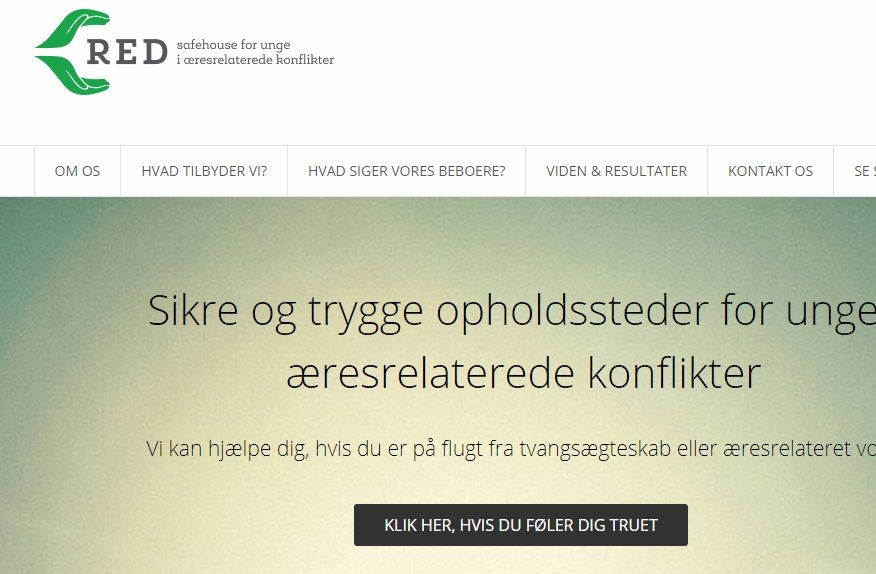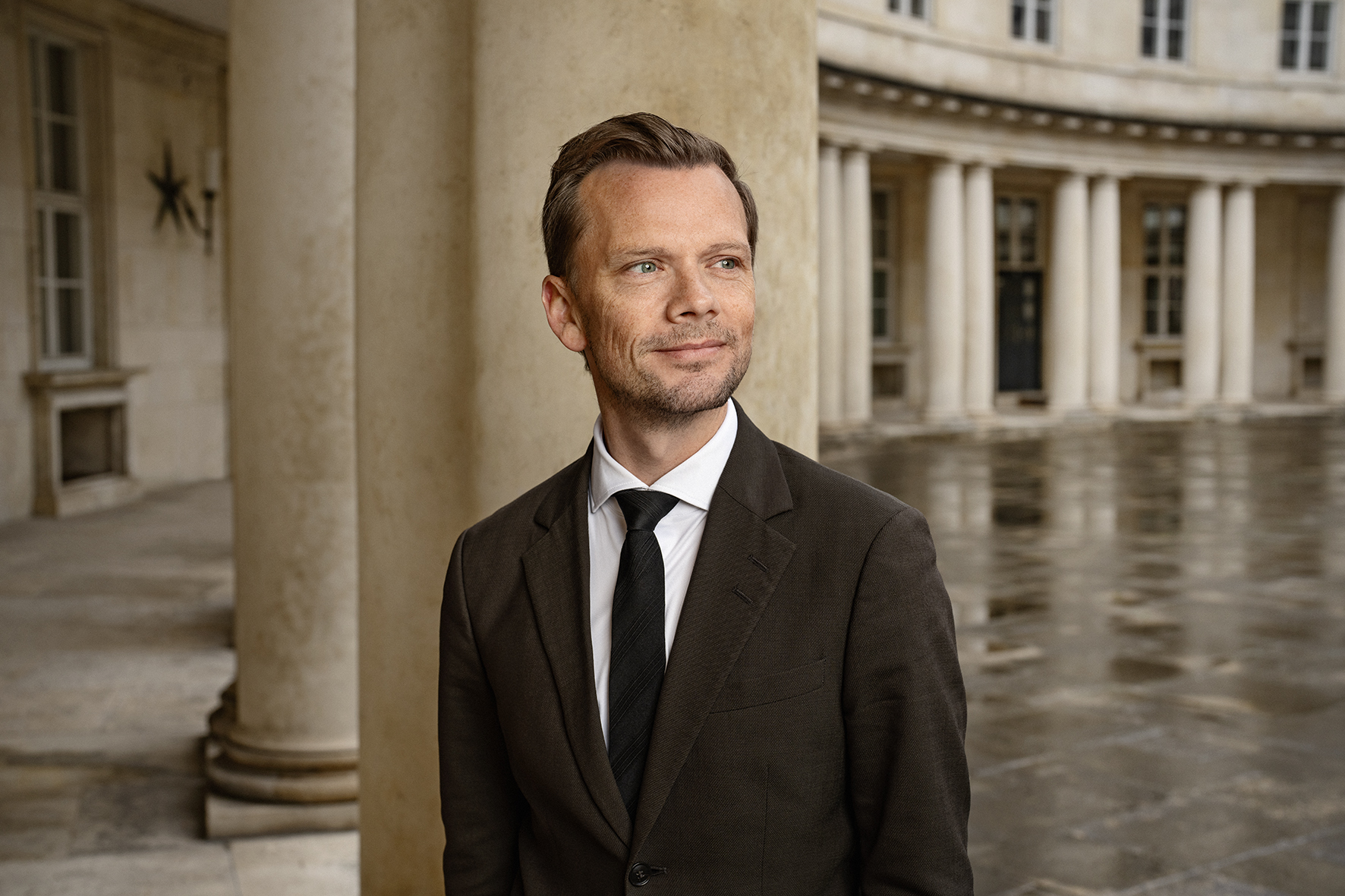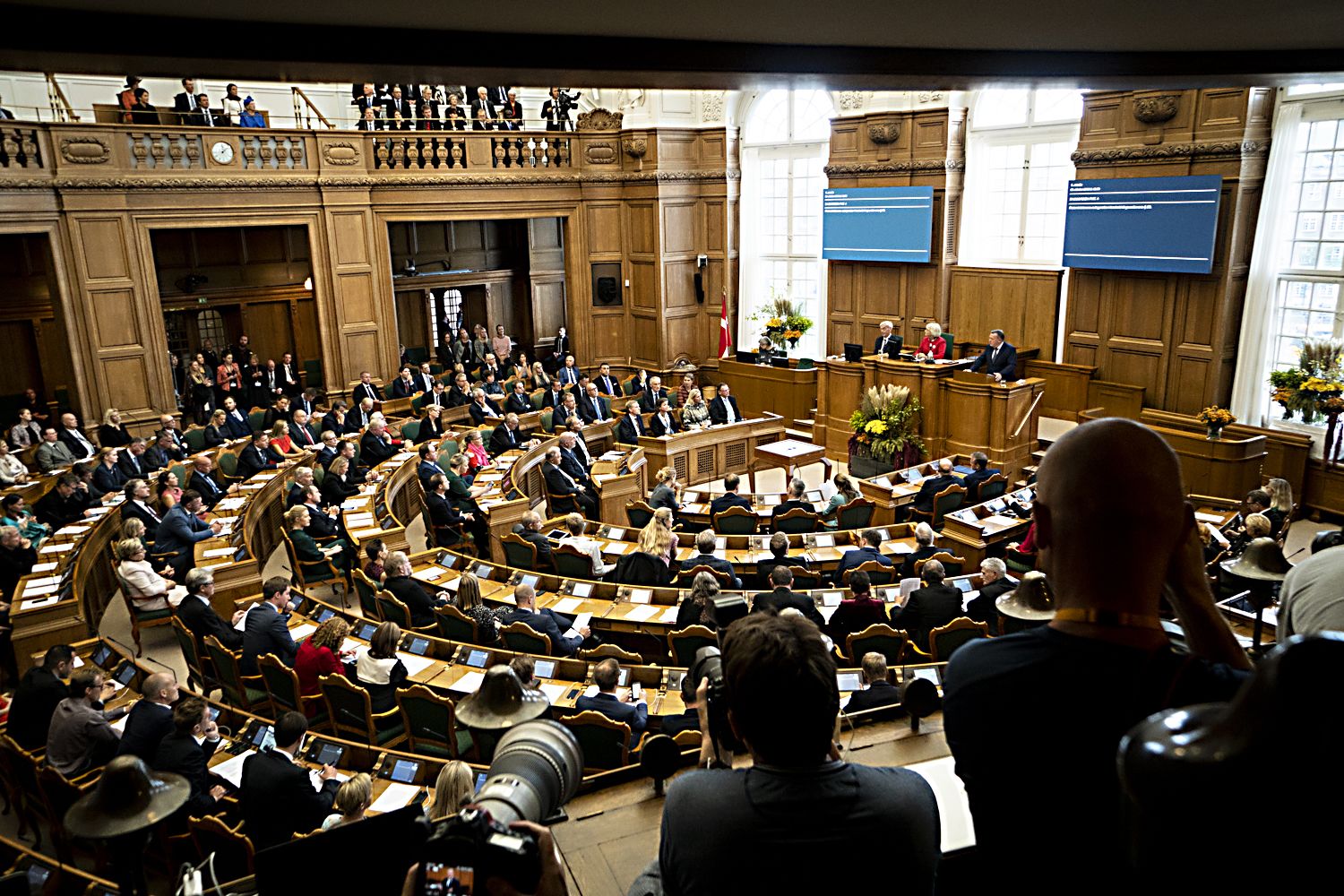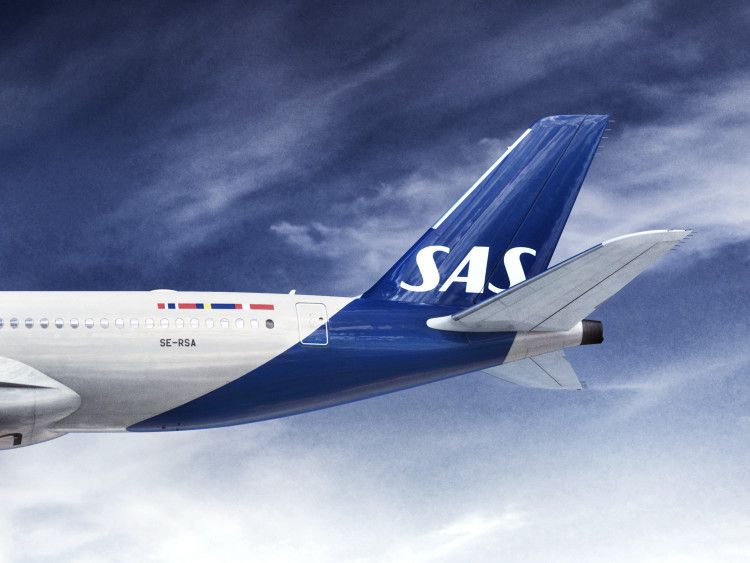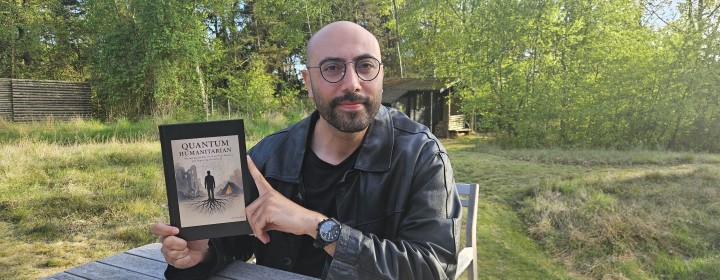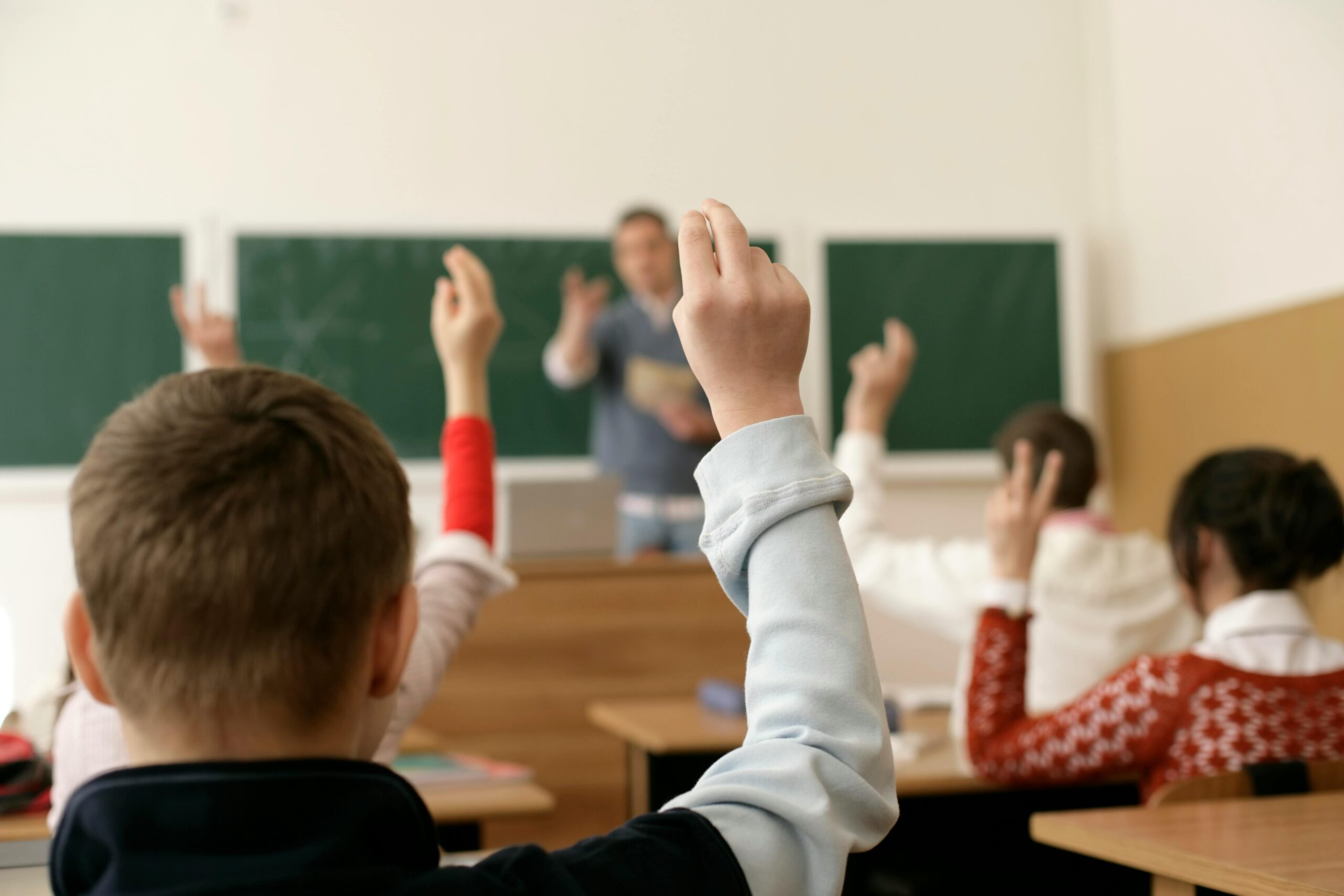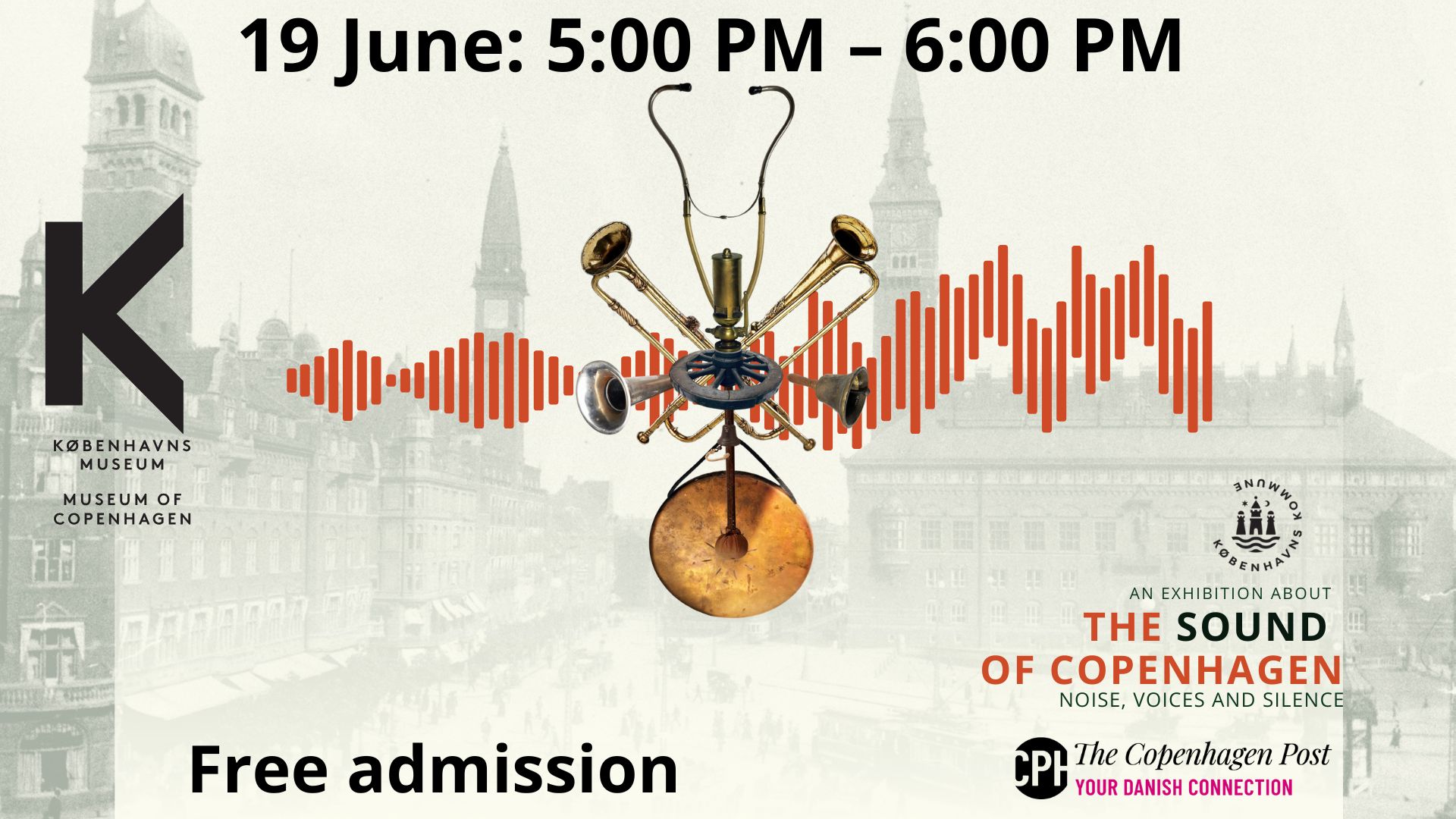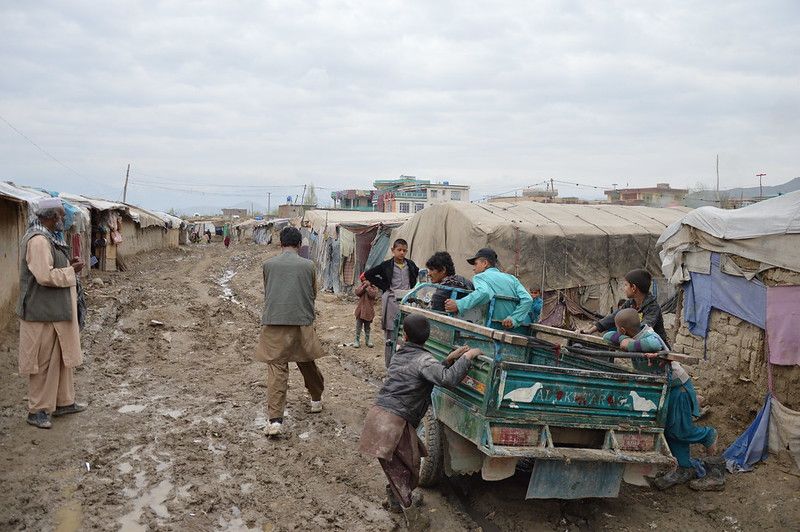The number of young people who contact Red-Safehouse, which operates two hidden locations dedicated to young people fleeing so-called honour-related conflicts, has increased significantly over the past eight years.
The figures revealed that number of young people looking for a safe haven has increased from 88 in 2008 to a record 307 last year.
“Unfortunately, I think we’ve only seen the tip of the iceberg, which is most probably due to young people feeling shame, guilt and fear,” Anita Johnson, the head of Red-Safehouse, told Jyllands-Posten newspaper.
READ MORE: Public employees allegedly leaking addresses of honour violence victims
More police cases
Counselling group Etnisk Ung has also noticed a steep rise in young people, often with a Muslim background, who have contacted them. In 2008, 397 young people got in touch with them – a figure that more than quadrupled to 1,258 last year.
The state police, Rigspolitiet, has also registered more cases involving honour-related conflicts and crimes, and in 2016 a total of 156 cases were reported – the highest number in seven years.
The immigration minister, Inger Støjberg, contends the spike in cases unveils the problems are serious.
“I’m very motivated to break the social control we see in many immigrant families,” she told Jyllands-Posten.

